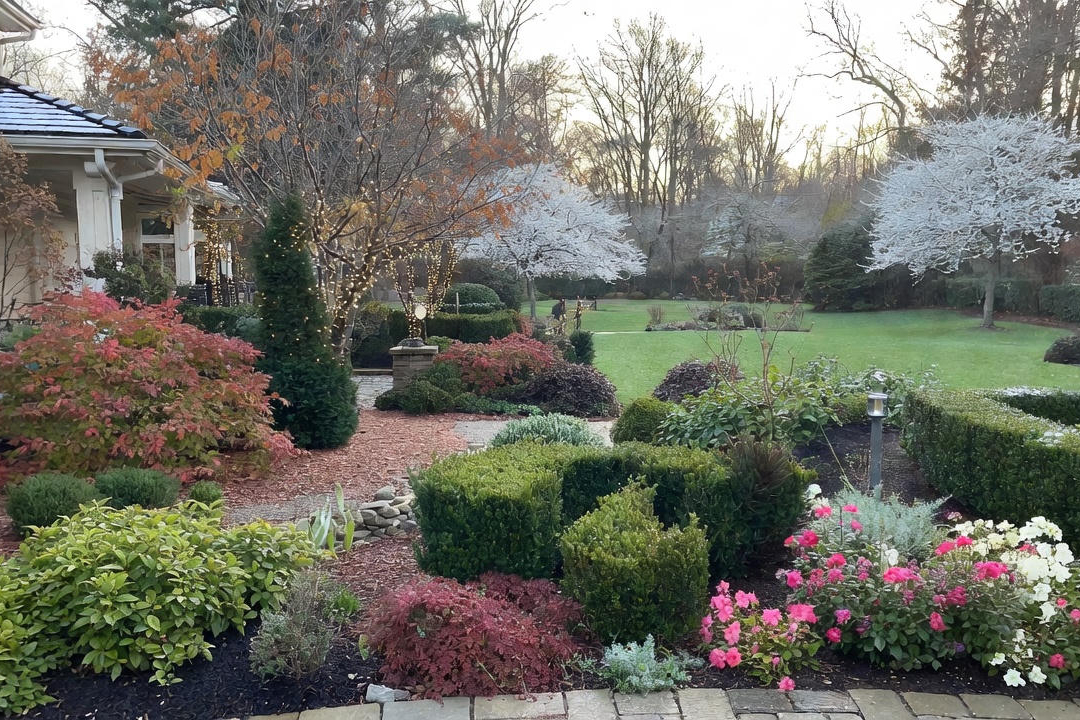
Spring containers are a great way to get some color into your life while you’re waiting for the temperatures to warm up. When it’s too cold for summer annual classics like begonias, petunias, hibiscus, and impatiens, why not uses these more cold-weather tolerant plants that thrive in cooler temperatures?
Spring annuals begin to decline once the weather gets hot and sticky, at which time you can compost them and head to the garden center to buy summer plants, or you can pinch them back and move your spring picks to a shady place and coax them through until autumn, when they will be at their best again. Due to their cheerful and somewhat “wildflower” appearances, all of these flowers mix and match beautifully. You can’t go wrong!
English Daisy (Bellis perennis)
Extremely fringed daisies come in white, pink and red pompoms.
Pansies (Viola x wittrockiana)
Cheerful and dependable, Pansies can handle cold weather like a champ. Remove spent blooms for continuous color.
Tulips (Tulipa)
Grab potted up Tulips at the garden center and add them to your pots without having to deal with chilling them or taking a chance that they will rot.
Hyacinths (Hyacinthus)
Purchase potted Hyacinths and transplant into your spring containers for their strong, spicy scent and cheerful spikes of flowers. Once the flowers are spent, rehome them in your yard for blooms next year.
Pincushion Flower (Scabiosa ‘Butterfly Blue’)
This compact perennial is offered early in spring for containers for its nodding blue pompom-like blooms. It can be planted in your garden once you’re ready for summer plants.
Daffodils (Narcissus)
Daffodil bulbs are planted in autumn and chilled all winter for spring blooms and, after all that, are still affordable to purchase and plant in your spring container.
Diascia (Diascia)
Upright, wiry stems covered with piles of cheerful flowers. They come in pinks, corals and reds.
Nemesia (Nemesia)
Much like Diascia, Nemesia is a taller spire of cheerfully colored flowers that doesn’t tolerate hot, humid weather. It comes in blue, yellow, orange, red, and cream.
Ivy (Hedera helix)
A classic accent that’s quick to fill out, Ivy is synonymous with spring. In its variegated form or in the everyday glossy green, it’s a favorite for containers all year.
Violets (Viola tricolor)
Violas, or Johnny Jump Ups, and much like Pansies but a little smaller in texture. Trim back and move to a cool shady spot after the weather warms up and they will attempt a repeat performance in autumn.
Stock (Matthiola incana)
Richly scented and easy to grow, Stocks are clusters of double flowers on a spike that come in cream, pink, red, purple, blue, and white.
Snapdragons (Antirrhinum)
Commonly known for the tiny finger puppets each flower makes, Snapdragons are one of the taller plants available in spring planters. They come in yellow, red, cream, rose, peach, and bi-color.
African Daisy (Osteospermum)
Adorable, showy but somewhat floppy daisies that come in white, purple, peach, yellow, and orange, They need sunlight to open fully.
Senetti (Pericallus hybrid)
Senetti are spring-loving daisies in show-stopping colors, think piercing blue and purples, and neon pinks. They do not tolerate heat well and reposed well to removing the spent blooms.
Ranunculus (Ranunculus)
Ranunculus look like a flower out of a classic painting, deeply ruffled and delicate. Many have success with them in containers where they never did in beds.
Forsythia (Forsythia)
Cut Forsythia branches are readily available to add to spring containers to add color and height. Once the blooms are done, compost them.
Curly Willow (Salix matsudana)
Add cut Curly Willow branches to your planter to add height and drama.
Pussy Willow (Salix)
Cut Pussy Willow branches are a sure sign of spring. They come in a variety of heights and shades.




ds.jpg)
.jpg)
